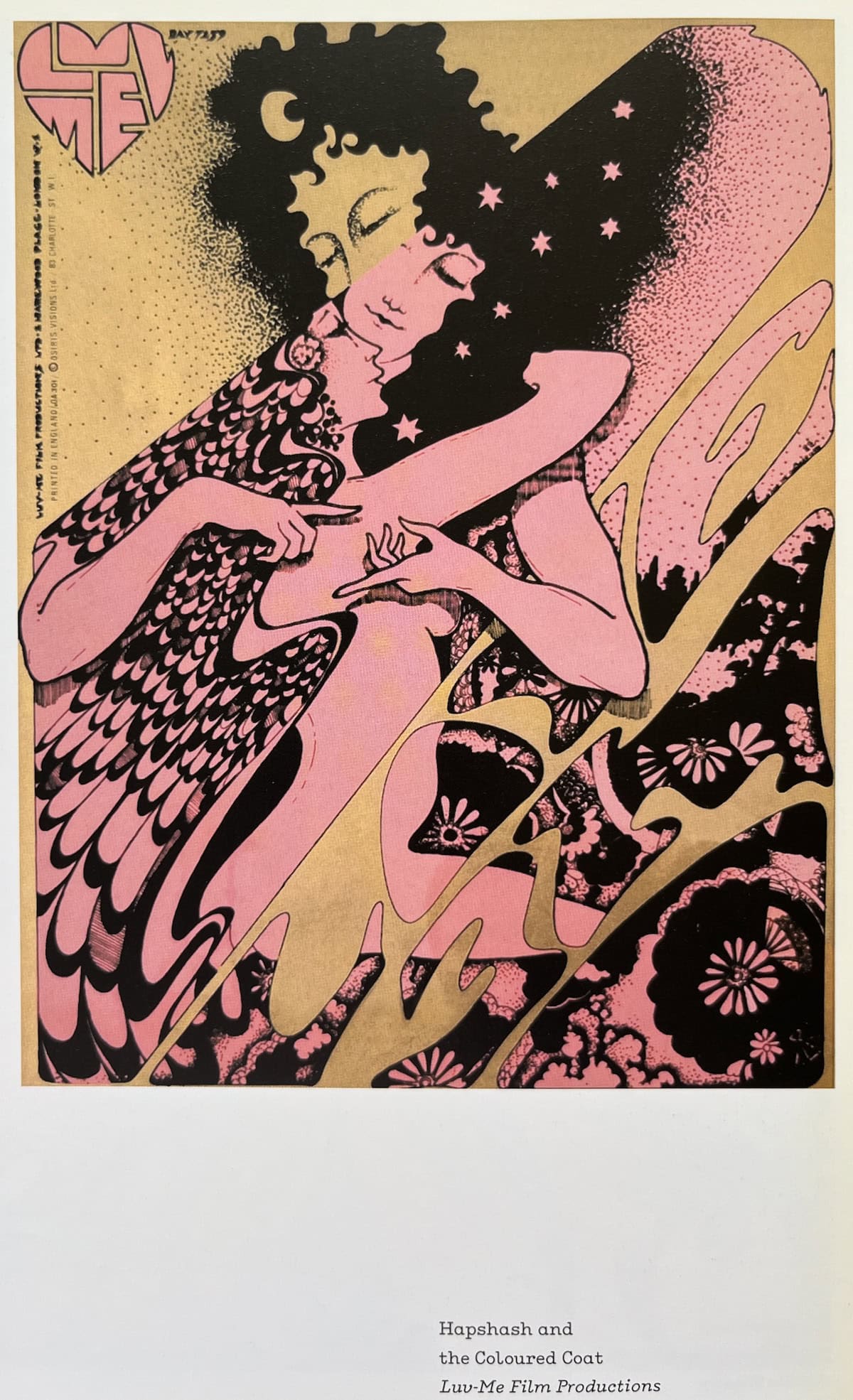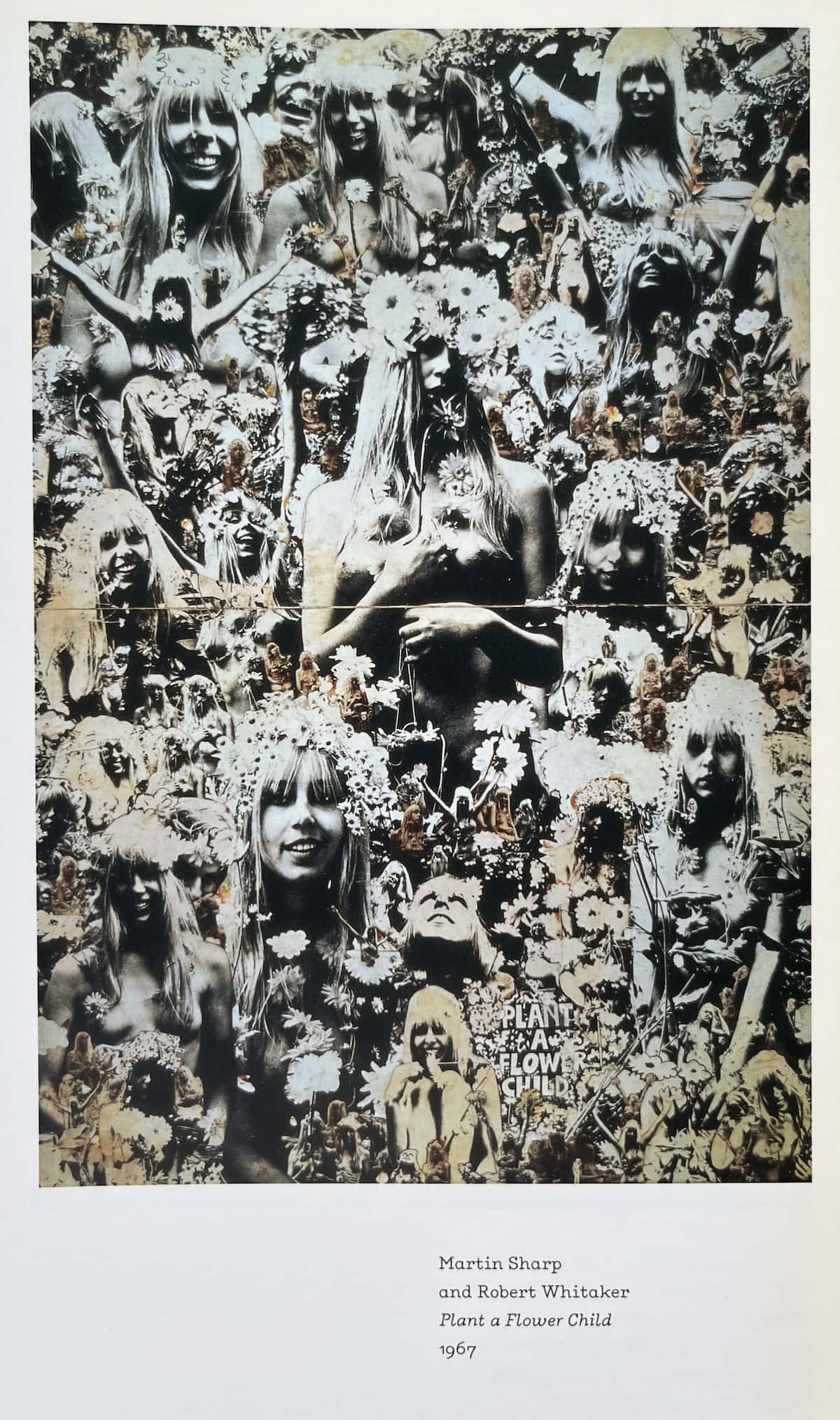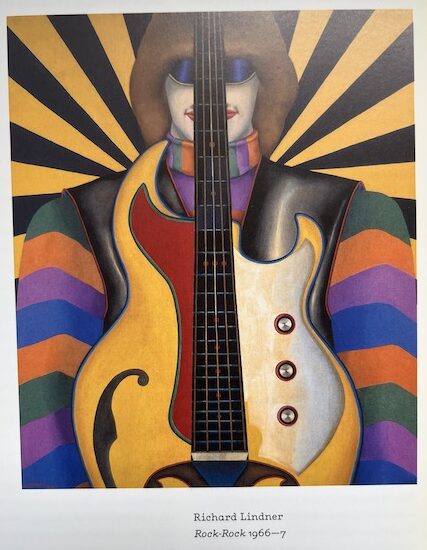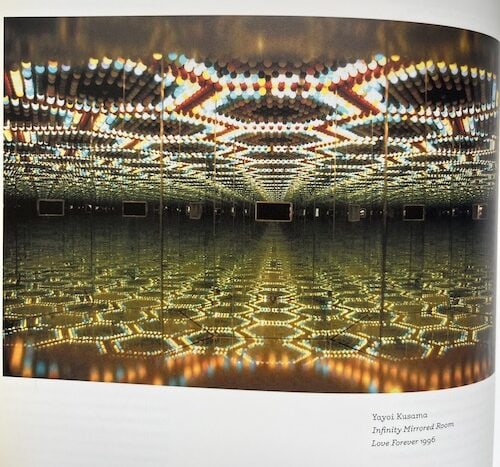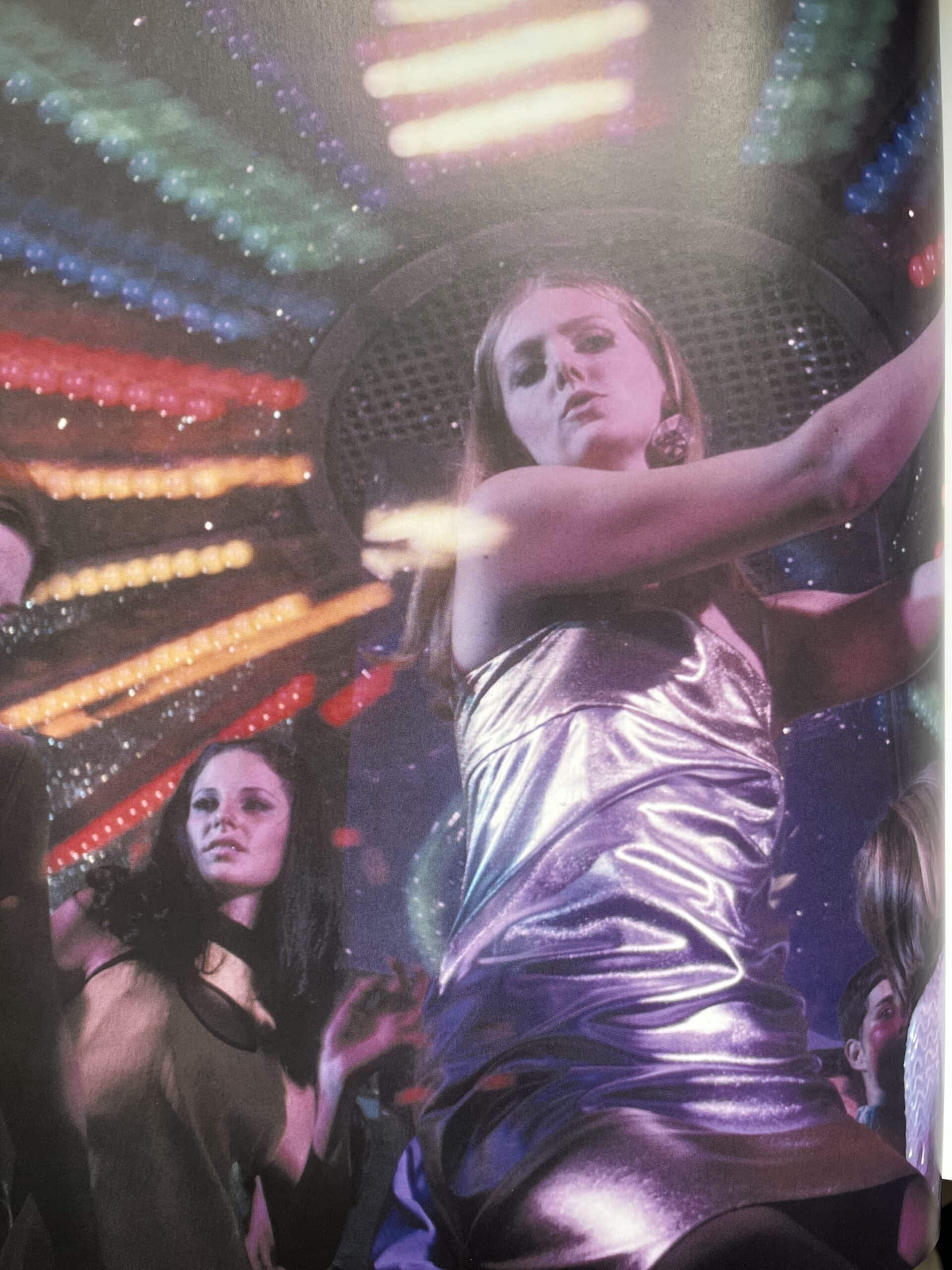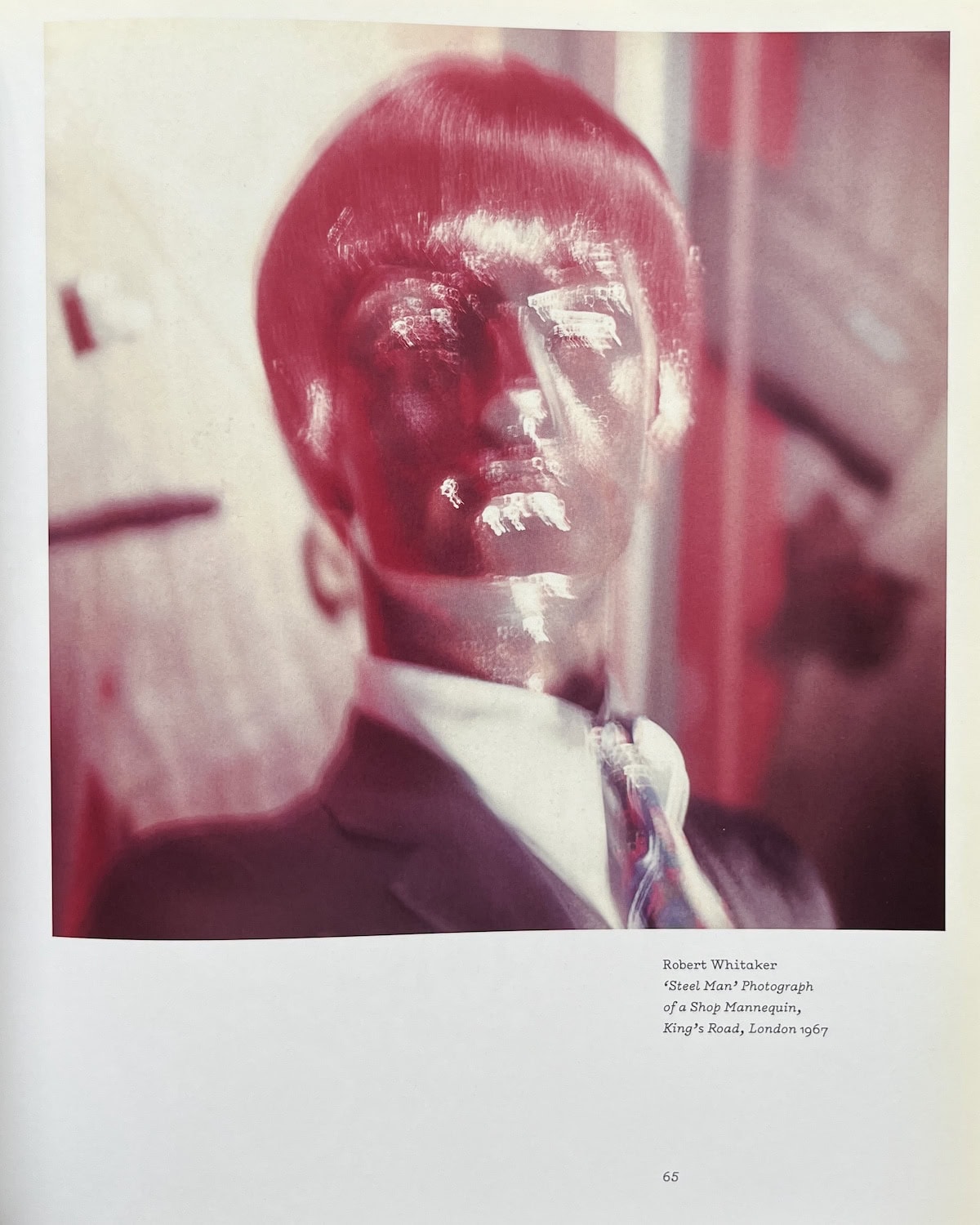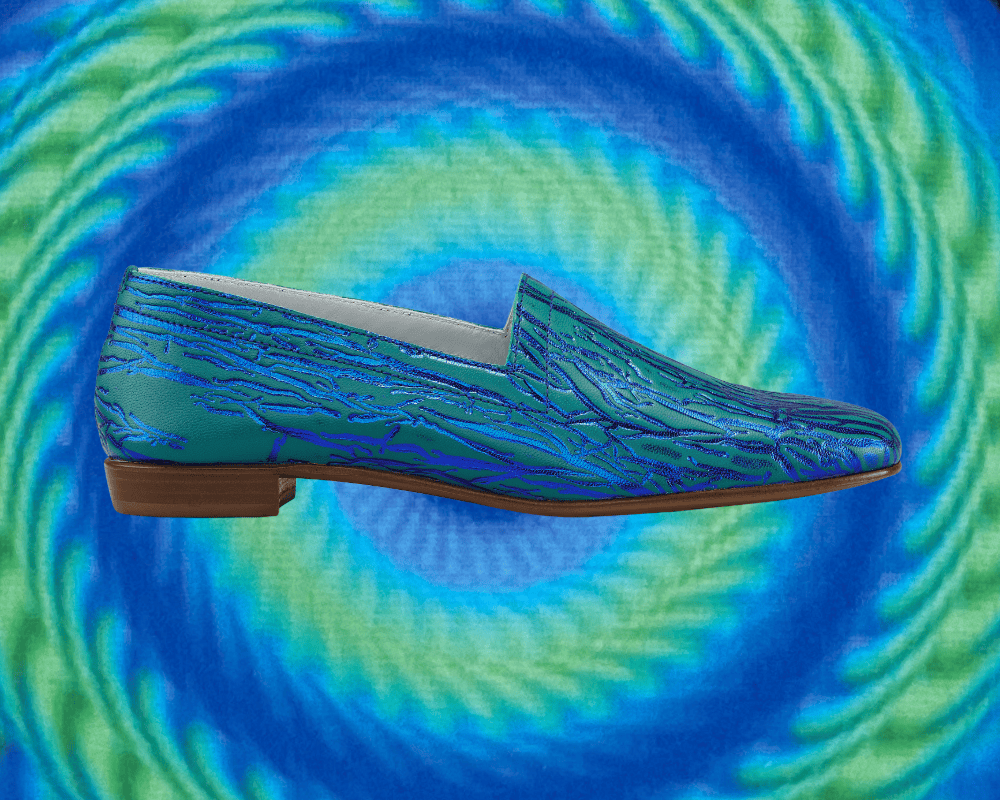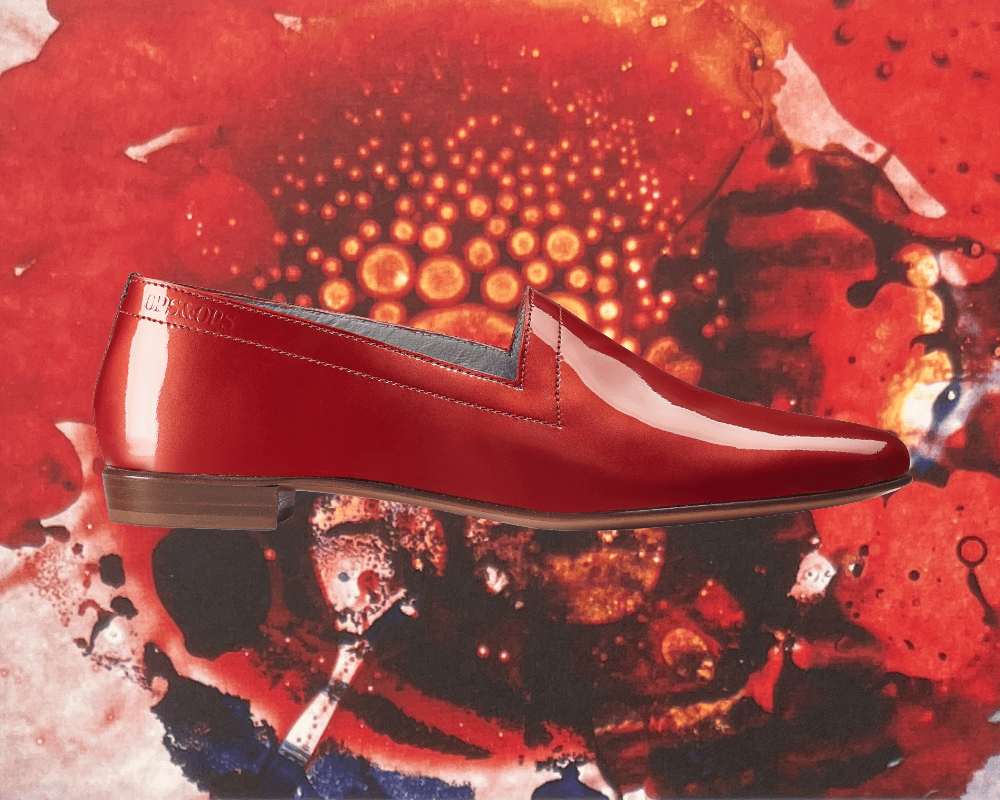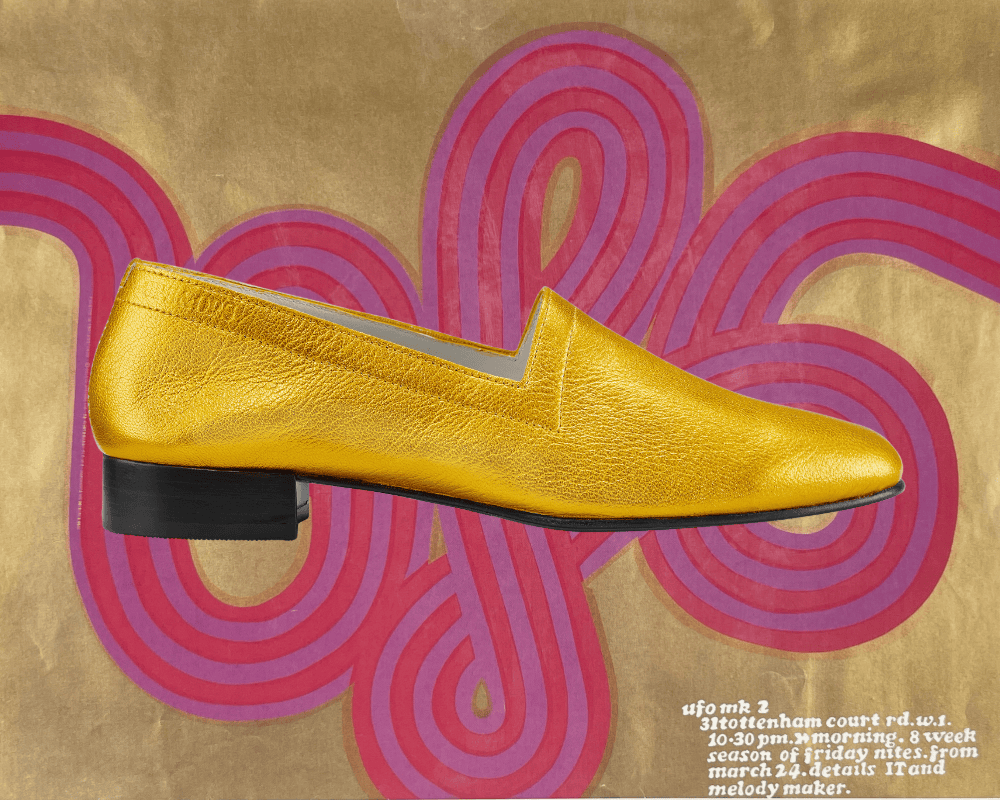Eye Candy: Summer of Love – Art, Style + Psychedelia

In the summer of 2005, I visited Summer of Love: Art of the Psychedelic Era at Tate Liverpool. Hard to believe it was 20 years ago! The exhibition made a lasting impression – bursting with colour, sound and the radical energy of the late 60s. Looking back now, it feels like a time capsule and a prelude to so much that would later inspire Ops&Ops.

I recently pulled out the book from the exhibition again – now officially vintage – and was struck by how fresh it still feels. This post is a little tribute to that show and the vibrant era it celebrated.
The Look That Still Inspires
The exhibition was a kaleidoscope of posters, fashion and immersive spaces – from light shows and album art to bold prints and mirrored furniture. It represented a time when the worlds of music and visual art started crisscrossing to create multimedia experiences and architects imagined untethered, mind-altering environments. The artists and designers behind it all were reflecting the era while reshaping it.
Featuring (from main pic) Michael English, Love Festival; Hapshash and the Coloured Coat; Martin Sharp + Robert Whitaker, Plant a Flower Child; Richard Lindner, Rock-Rock
Yayoi Kusama, Infinity Mirrored Room; Verner Panton, Fantasy Landscape; John Launois, Cheetah Disco
Paul Himmel, Untitled 8 & 9; Robert Whitaker, Steel Man mannequin; Archigram, It’s A…?
Although I can take no credit for it, I have a personal connection to the fab façade (pictured below) created for Wolff Olins, the first studio for the branding agency co-founded by my late father-in-law, Wally Olins. Designed by Binder, Edwards & Vaughn, it’s a vivid example of the immersive commercial graphics they pioneered. The 81 Parkway address also happens to sit around the corner from both my flat and our Ops&Ops studio on Oval Road in Camden.
Binder, Edwards & Vaughn for Wolff Olins, 1965
That full-circle feeling came full-on when Steph and I spotted a better-known BEV design at the O2 last December: her fellow Scouser Paul McCartney performed on (his own replica of) the Magic Piano they painted for him — a joyful reminder of how the late-60s visual charge continues to light things up.
Then Meets Now
From the swirling psychedelia of Peter Sedgley’s Op Art to the molten motion of Bill Ham’s liquid light shows and the graphic exuberance of Michael English’s UFO posters, these collaged pairings reflect how this period influences what we make now. Hypnotic textures, red patent flash or gold that glows, each style nods to the playful experimentation of late-60s design and brings it forward with a modern, wearable edge.
